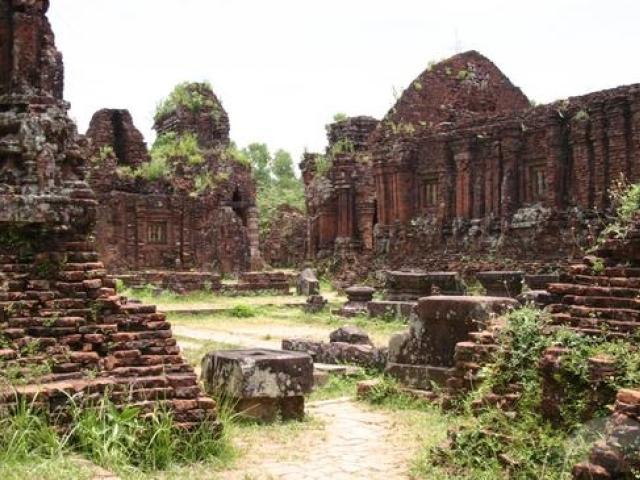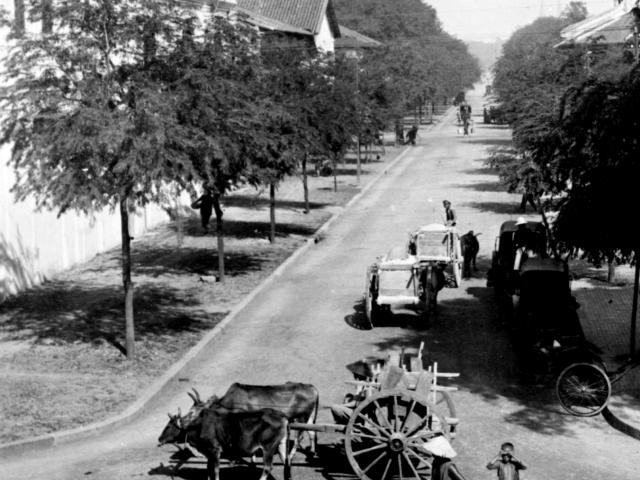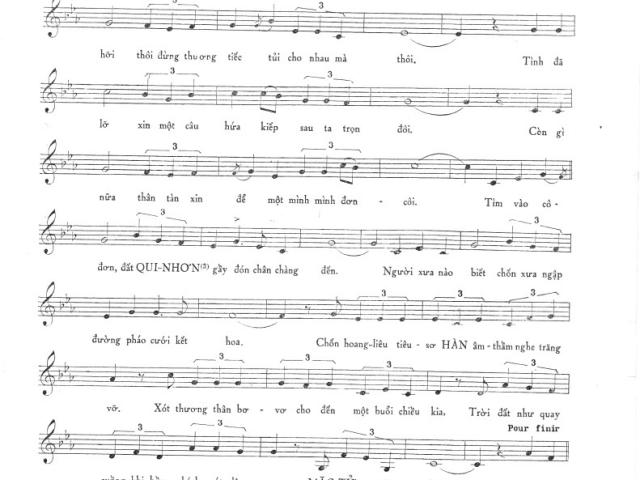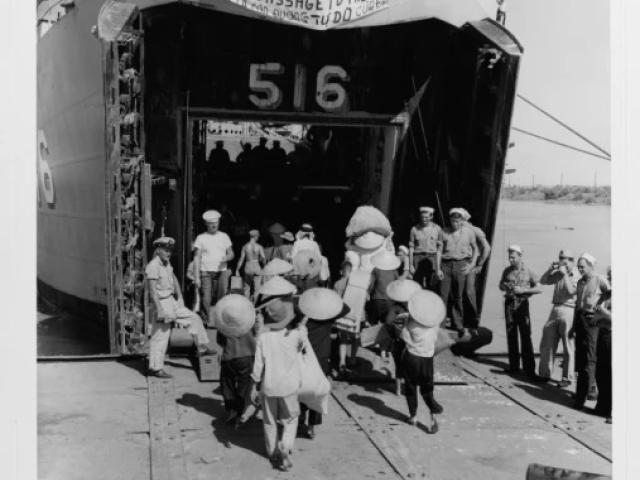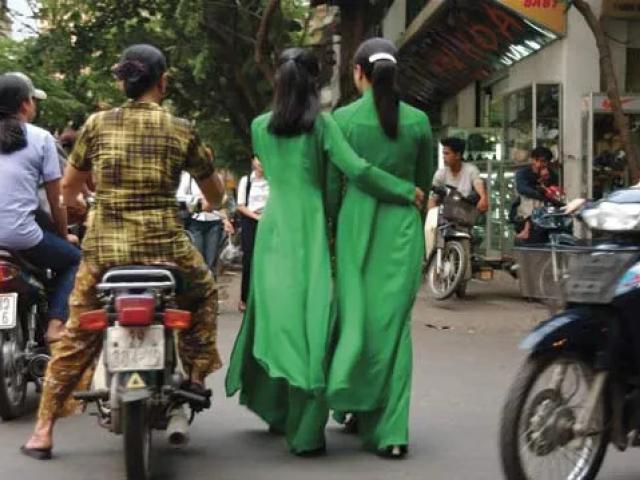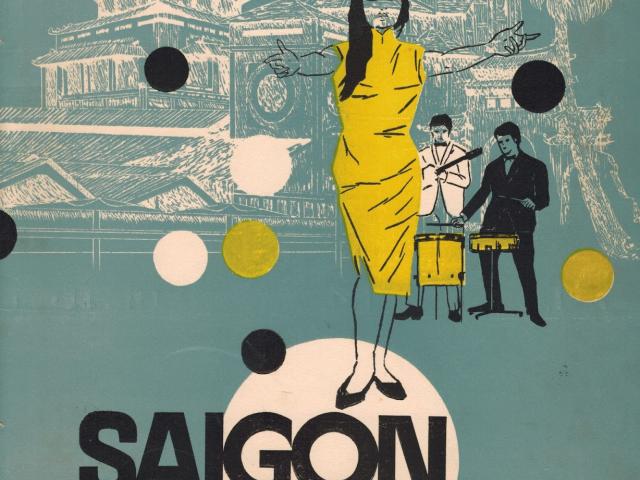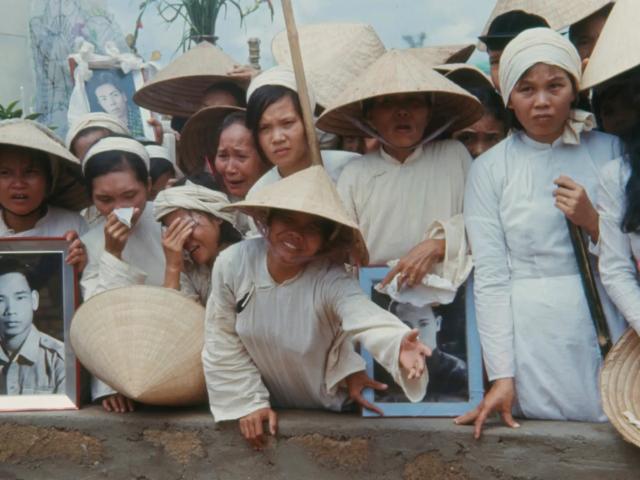Area of Study 2: Social and Political Transformations in 20th Century Vietnam

Social & Political Transformations in 20th Century Vietnam
Life in Vietnam before 1954
This narrative presents a Vietnam-centered perspective of pre colonial and French colonial Vietnamese history focused on continuities, ruptures, and communities. This narrative showcases the important development of the modern Vietnamese nation state during the periods of pre colonial Confucian political integration in the nineteenth century, as well as French colonial state administration and the rise of nationalism in the twentieth century. Most studies of Vietnamese history present Vietnam from a Western perspective, where modernity is ushered in exclusively by the west through war, conquest, and capitalism. Instead, this section focuses on autonomous, plural, and evolving ideas of modernity, nationalism, and cultural identity across the nineteenth and twentieth centuries.
Social & Political Transformations in 20th Century Vietnam
Life in Vietnam: From 1954 to 1975
The Life in Vietnam: From 1954 to 1975 period from 1954 to 1975 was a pivotal and tumultuous chapter in Vietnamese history, characterized by significant political, social, and cultural divisions, as well as contrasts, changes, and continuities. It was marked by the division of the country into two separate states, the Democratic Republic of Vietnam, or DRV-North Vietnam, in the north and the Republic of Vietnam, or RVN-South Vietnam, in the south. The Vietnam War, also known as the Second Indochina War, was fought between the two states from 1954 to 1975. This narrative is composed of four parts. Part I examines the 1954 Geneva Accords and their consequential role in dividing Vietnam and its people.
